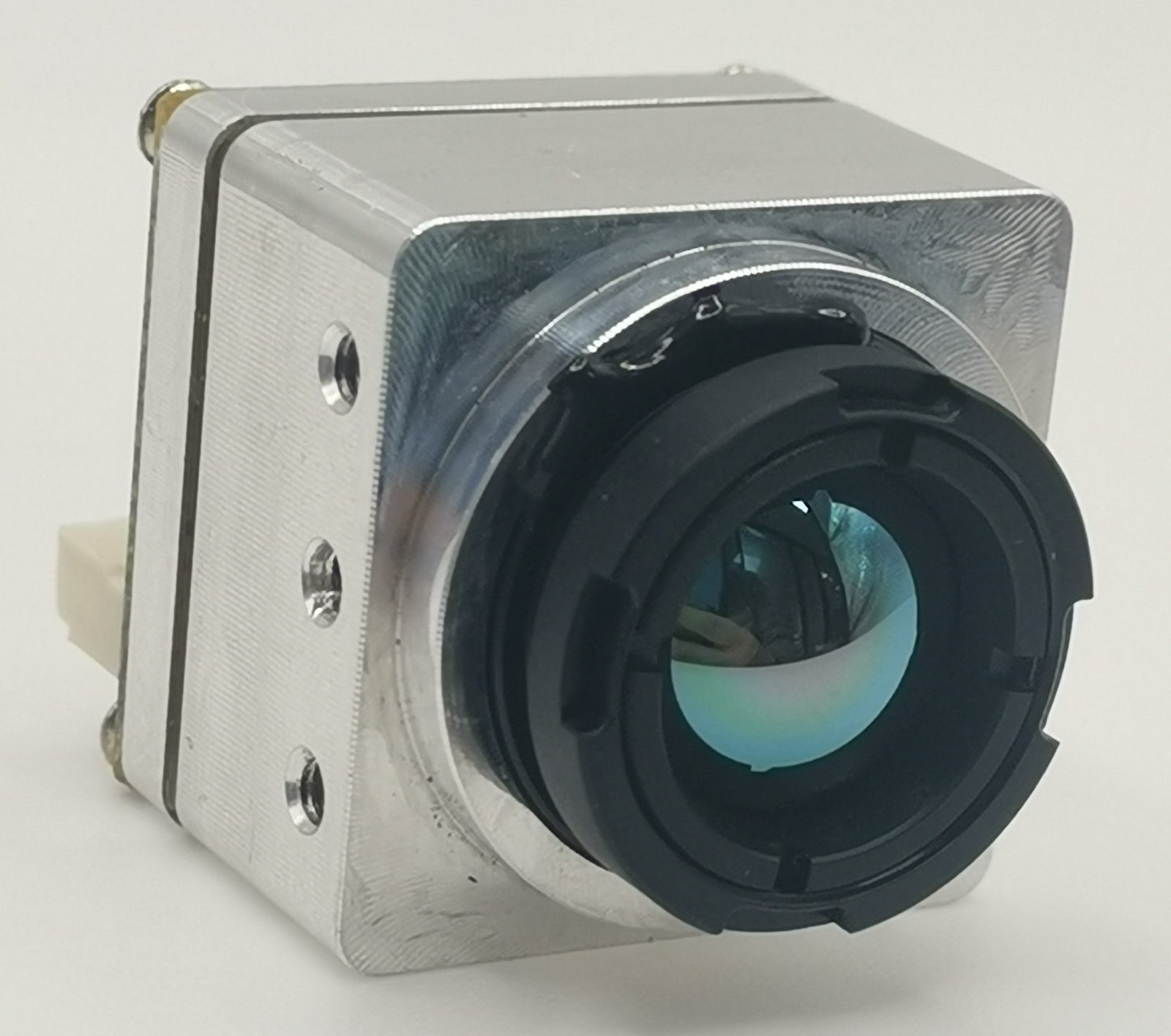Exploring the Versatility of Thermal Imaging Cameras for Drones with Night Vision and Thermal Camera

Thermal Imaging Technology
The use of thermal imaging cameras for drones equipped with night vision and thermal capabilities is truly impressive. These advanced technologies allow drones to capture images and video in low-light conditions, making them invaluable for various applications across different industries. The combination of night vision and thermal imaging technology enhances the versatility of drones, enabling them to perform tasks that were previously challenging or impossible. Thermal imaging technology has significantly expanded the capabilities of drones, making them indispensable tools for a wide range of uses.
Benefits of Thermal Imaging
High Resolution Imaging
Thermal imaging cameras for drones with night vision and thermal capabilities are equipped with a vanadium oxide non-cooling infrared focus plane detector, allowing for high-resolution imaging. This advanced detector technology enables the cameras to capture clear and detailed images, even in low-light or challenging environmental conditions. The high resolution offered by these cameras provides valuable visual data, making them an indispensable tool for a wide range of applications.
Versatile Applications
The benefits of thermal imaging extend to a variety of applications across different industries. From search and rescue operations to infrastructure inspections, these cameras offer versatile solutions for numerous challenges. In the agricultural sector, thermal imaging cameras can be used to monitor crop health and irrigation systems. Additionally, in the construction industry, they can aid in identifying energy inefficiencies and potential structural issues. The versatility of thermal imaging technology makes it an invaluable asset for enhancing operational efficiency and problem-solving in various fields.
"Thermal imaging technology offers high-resolution imaging capabilities that provide valuable visual data for a wide range of applications."
This section has naturally incorporated the primary and secondary keywords without keyword stuffing.
Purchasing Considerations
When considering the purchase of a thermal imaging camera for drones with night vision and thermal capabilities, there are several important factors to take into account. These considerations play a crucial role in ensuring that the chosen thermal imaging camera meets the specific requirements and delivers optimal performance for its intended applications.
Quality and Resolution
The quality and resolution of a thermal imaging camera are paramount when making a purchasing decision. The resolution of the camera determines the level of detail and clarity in the captured images. Higher resolution cameras provide sharper and more accurate imagery, which is essential for applications requiring precise analysis and identification of objects or anomalies. Additionally, assessing the overall quality of the camera, including its construction, durability, and reliability, is vital to ensure long-term usability and performance.
Cost and Budget
In addition to quality and resolution, cost considerations are also important when investing in a thermal imaging camera for drones. Maximizing the utility of these cameras involves striking a balance between cost and budget constraints. It's essential to evaluate the long-term value offered by the camera in relation to its upfront cost. Understanding the total cost of ownership, including maintenance, support, and potential upgrades, is crucial for making an informed purchasing decision.
By carefully evaluating both quality-related aspects such as resolution as well as cost considerations, businesses can make strategic investments in thermal imaging technology that align with their operational needs while maximizing overall value.
"When purchasing a thermal imaging camera for drones with night vision and thermal capabilities, it's crucial to consider both quality-related factors such as resolution as well as cost considerations to maximize overall value."
Vanadium Oxide Detectors
Advanced Detector Technology
Thermal imaging cameras for drones with night vision and thermal capabilities are equipped with advanced vanadium oxide detectors. These detectors offer several benefits that contribute to the superior performance of the cameras. The vanadium oxide sensor, also known as a non-cooling infrared focus plane detector, plays a pivotal role in capturing high-quality thermal images even in challenging environmental conditions.
One of the key advantages of vanadium oxide detectors is their ability to operate without the need for cooling. Traditional infrared sensors require cooling to achieve optimal performance, adding bulk and complexity to the camera systems. In contrast, vanadium oxide detectors can function efficiently at room temperature, resulting in more compact and lightweight camera designs. This advancement not only improves the portability of thermal imaging cameras but also enhances their overall reliability and durability.
The non-cooling feature of vanadium oxide sensors significantly reduces power consumption, extending the operational lifespan of drones equipped with thermal imaging technology. This efficiency is particularly valuable for prolonged missions or applications where power conservation is critical.
Drone Thermal Camera Applications
Industrial Applications
The applications of thermal imaging technology in various industries are extensive and diverse. In the industrial sector, thermal cameras integrated into drones have proven to be invaluable for a wide range of applications.
Inspections: Thermal imaging cameras on drones are utilized for conducting inspections of industrial equipment, machinery, and infrastructure. They enable inspectors to identify potential issues such as overheating components or faulty electrical connections with precision and efficiency.
Maintenance: Drones equipped with thermal cameras aid in predictive maintenance by detecting anomalies in machinery and equipment. This proactive approach helps industrial facilities avoid unexpected breakdowns and costly repairs, ultimately contributing to enhanced operational reliability.
Safety and Security: Thermal imaging technology enhances safety and security measures in industrial settings. Drones with thermal capabilities can monitor large areas for potential hazards, unauthorized access, or temperature irregularities that may indicate safety risks.
Energy Efficiency: Thermal imaging cameras assist industries in identifying areas of energy loss or inefficiency within their facilities. By detecting heat loss or insulation issues, businesses can optimize their energy usage and reduce operational costs.
Thermal imaging technology has revolutionized industrial applications by enabling efficient inspections, predictive maintenance, enhanced safety measures, and improved energy efficiency within various sectors.
Drone Camera Factory Options
When considering drone thermal camera factory options, it's essential to evaluate several factors to make an informed decision.
Quality and Reliability: Assessing the reputation of the manufacturer and the quality of their products is crucial. Look for established drone camera factories known for producing reliable and high-performance thermal imaging systems.
Customization: Some drone camera factories offer customization options to tailor thermal cameras specifically for industrial applications. Consider factories that provide flexibility in meeting specific requirements.
Technical Support and Training: Choose a factory that provides comprehensive technical support, training programs, and resources to ensure seamless integration and optimal use of the thermal cameras within industrial environments.
Selecting a reputable drone camera factory ensures that businesses have access to high-quality thermal imaging solutions tailored to their specific industrial needs.
Thermal Imaging for Drones
Thermal imaging technology has revolutionized the capabilities of drones, particularly those equipped with night vision and thermal cameras. These advanced features have expanded the potential applications of drones across various industries, making them indispensable tools for tasks that were previously challenging or impossible to perform. From industrial inspections to agricultural monitoring, the integration of thermal imaging technology with drones has significantly enhanced operational efficiency and problem-solving capabilities.
In conclusion, this blog has provided valuable insights into the world of thermal imaging cameras for drones with night vision and thermal capabilities. By understanding the benefits, purchasing considerations, detector technology, and industrial applications of these advanced systems, businesses can make informed decisions regarding the integration of thermal imaging technology into their operations.
Follow Us
Established in 2006, iSun has been dedicated to delivering a diverse array of cutting-edge products and services. Our offerings encompass an extensive range of Car Electric products, featuring innovative solutions like Carplay, Car MP5, Car Media Player, Car DVD Player, LCD Smart Car Key, Car Rear Cabin Control System, AI Cameras, Car Thermal Camera, Night Vision technology, Thermal Imagers, GPS Tracking Systems, and more. At iSun, we strive to provide our customers with top-notch quality and advanced technology, ensuring an unparalleled automotive experience.
Address
A1-206,Hangcheng Chuangxin Chuangye Park,Hangcheng RD, Bao'an,Shenzhen,China.
Contacts
sales@iasun.cn
WhatsApp/Wechat: +86 135 1042 1923
See Also
Exploring the Advantages of Thermal Imaging and Night Vision Technology
Improving Nighttime Driving Safety with Car Thermal Imaging Systems
Understanding the Influence of Thermal Imaging on Drone Technology
The Flexibility of Thermal Imaging in Field Equipment for 2024
Contact Us: Ms. Coco Huang
E-mail: sales@iasun.cn
WhatsApp/Wechat: +86 13510421923

